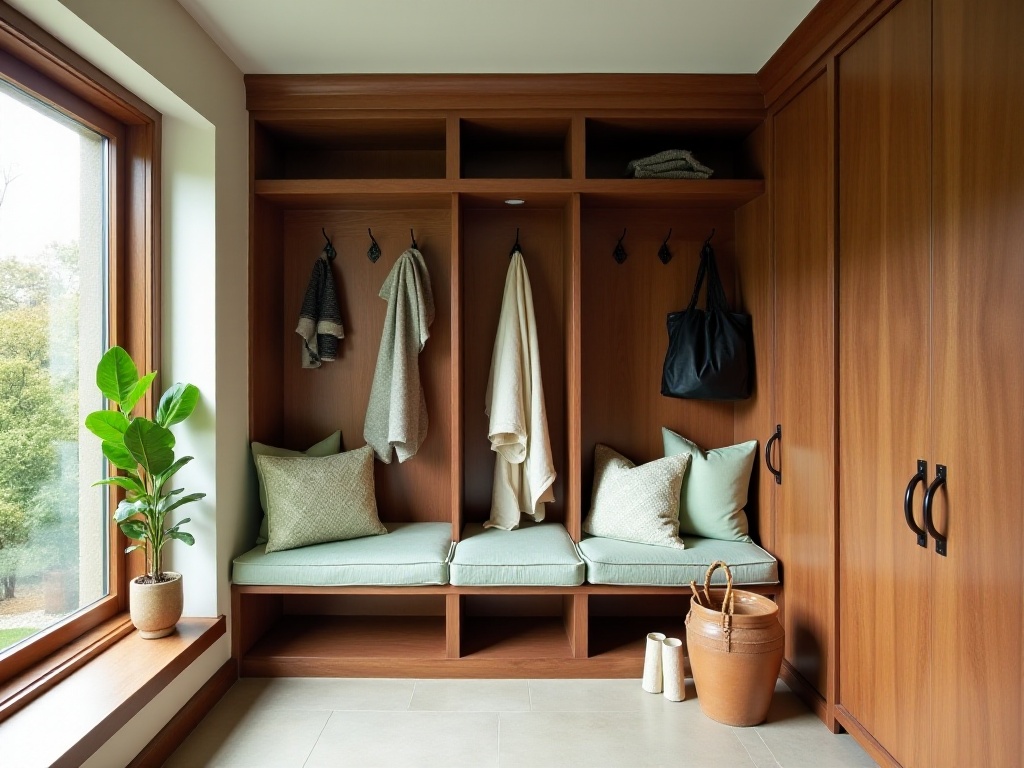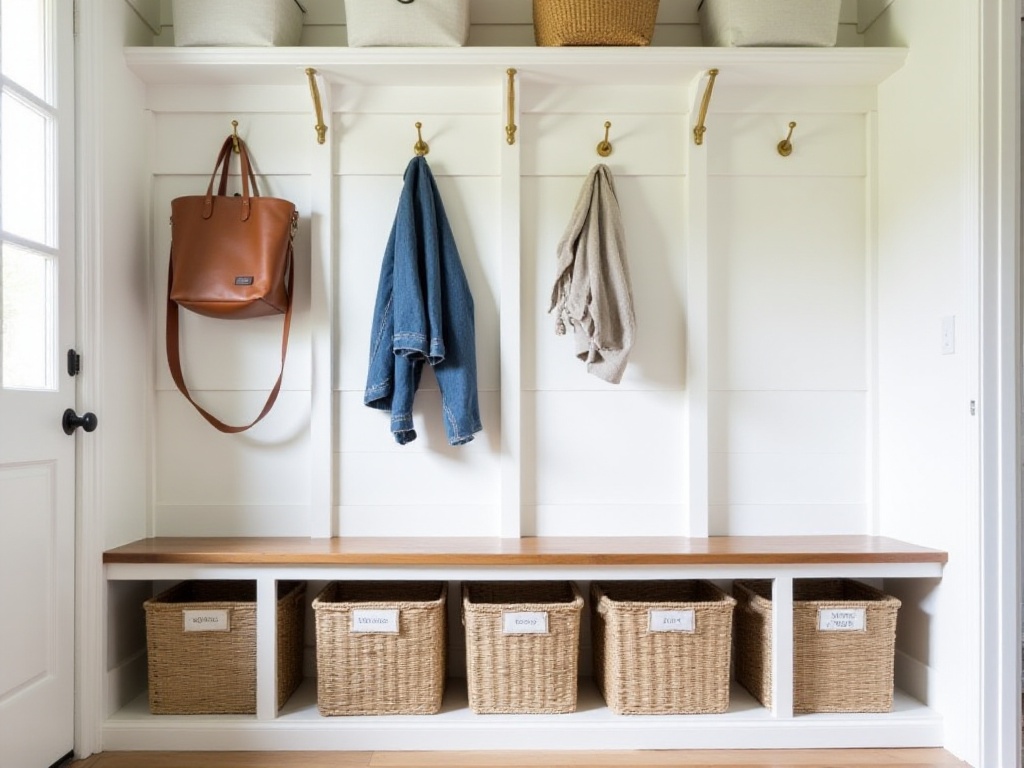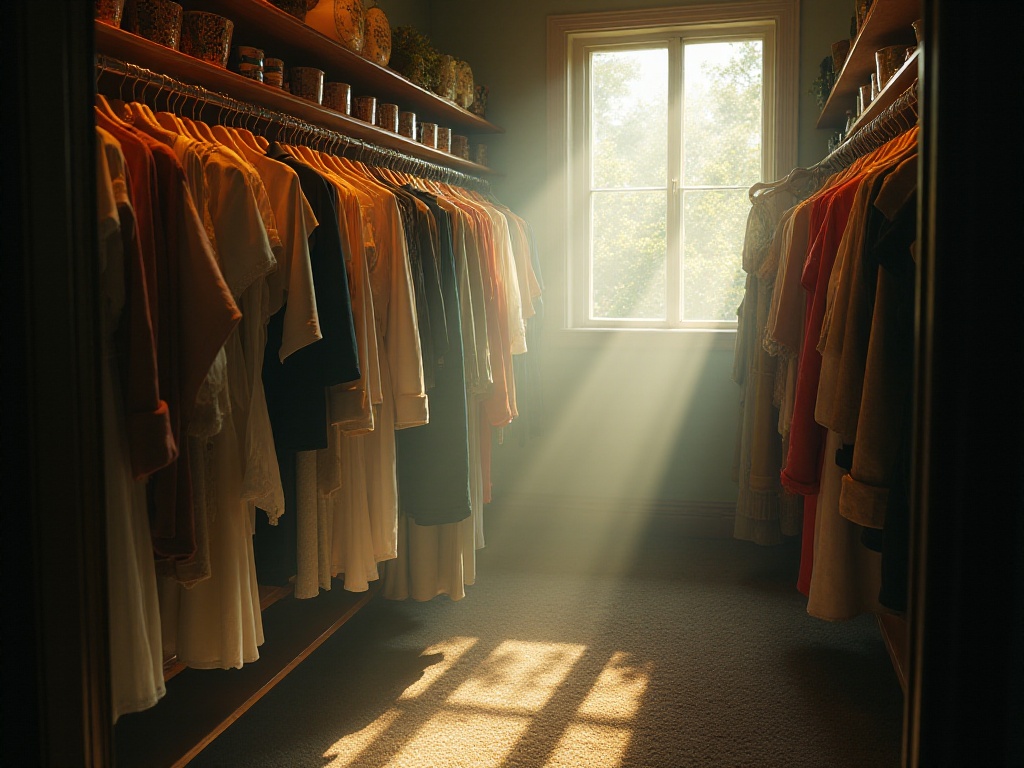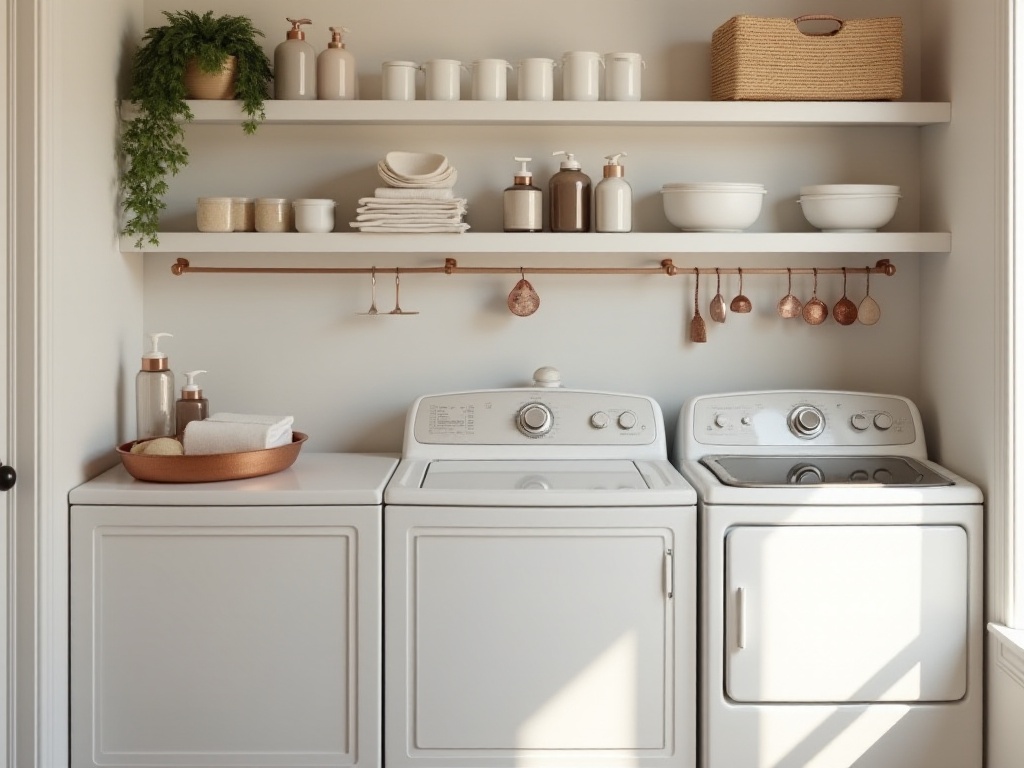Before Starting
I truly understand that exhausting feeling! Coming home every day to see clutter everywhere is overwhelming. Clothes tossed aside carelessly, delivery boxes piled up like mountains, documents scattered messily across the desk. Every time I see these scenes, I feel powerless - wanting to organize but not knowing where to start. The most frustrating part is that even after finally mustering the determination to clean up, everything gets taken over by clutter again within days.
As someone who has evolved from a complete organizing novice, I deeply understand this struggle. When I first started, I had no idea about organization, just stuffing things randomly into cabinets. Until one day when I couldn't take it anymore, I began slowly studying the art of organization. After countless trials and failures, I finally found a system that works for me.
Building the Foundation
Don't rush - organization really isn't something you can hurry. I remember my first attempt at a major cleanup - in a burst of enthusiasm, I tried to solve all the household problems at once. The result was predictable - I was exhausted within a day, and the house ended up messier than before. Items were taken out with no idea how to put them back - it was a complete disaster.
Later I realized the correct approach is to start with a small area and progress gradually. Like climbing stairs, taking one step at a time is the most reliable way. For instance, you could start with the kitchen spice area. Take out all the seasonings and carefully check their expiration dates. Those that are expired, clumped, or haven't been used in ages can be decisively thrown away. Then arrange the storage space according to frequency of use. Keep frequently used items within easy reach, while less-used items can go in the back or higher up.
Before formally starting to organize, I strongly recommend doing a comprehensive "check-up" of your home. I took a notebook and carefully inspected each room, starting from the entryway. Wherever organization was needed, I quickly noted it down. Things like "shoe cabinet messy", "closet needs categorizing", "desk drawers need organizing". You can also prioritize these tasks - which ones need urgent attention, which can wait.
The benefit of this approach is that you'll have a clear understanding of your home's current organizational state. It's like getting a medical exam - you need a thorough check-up to know where the problems are and how to treat them. Plus, with this list, you won't feel lost about where to start. Complete one small task each day, and you'll gradually see results.
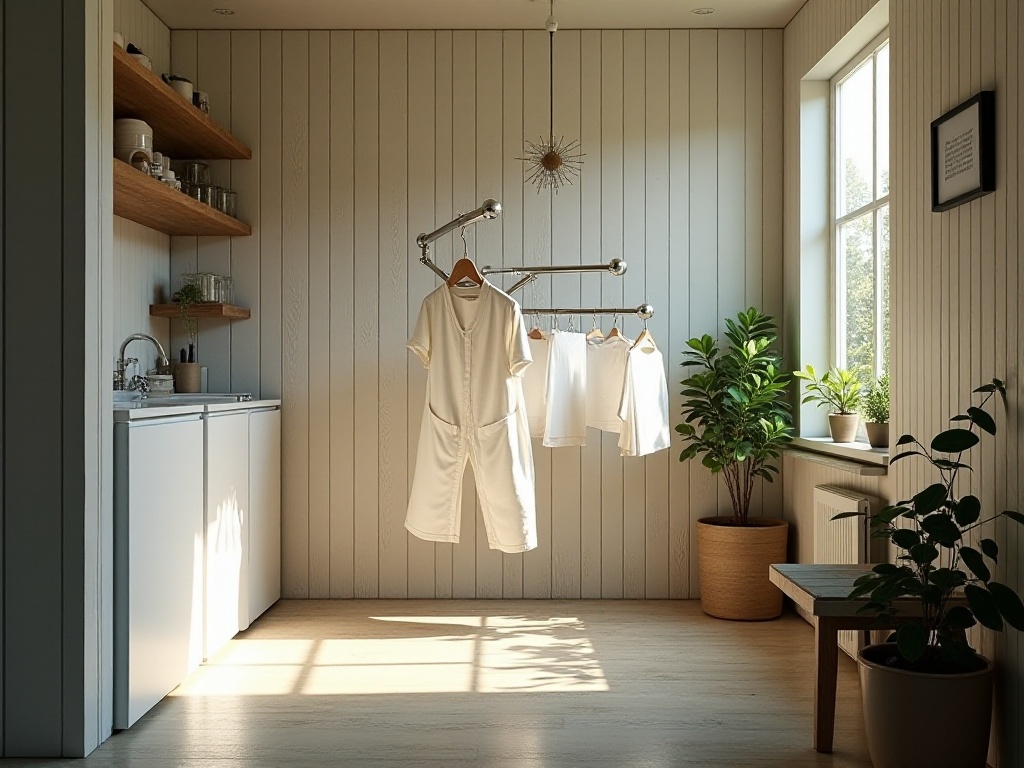
Efficient Organization
Speaking of core organizing principles, "grouping similar items" is definitely key. This sounds simple but isn't easy to implement. Take my kitchen for example - it used to be a complete mess. Soy sauce and vinegar placed randomly, spatulas and chopsticks wherever they landed. Every time I cooked, I had to search the whole place for things, and after searching, I'd lose the motivation to cook.
Later, after some hard lessons, I decided to plan properly. First was the seasoning area - gathering all seasonings in one zone. Frequently used items like soy sauce, vinegar, and salt were placed in the most accessible spots, while spices used only for specific dishes were moved further back. I bought special transparent sealed containers to replace all the seasoning bottles - not only does it look better, but it also extends shelf life.
Many people only consider horizontal space when organizing, but vertical space is actually the "treasure trove" of organization. I installed several shelves on my kitchen walls to store large items like baking trays and cutting boards vertically. This not only saves a lot of drawer space but also makes items easy to retrieve without worrying about getting stuck under other things.
The space behind doors is also often overlooked. I hung a multi-layer storage bag behind the bathroom door for skincare and makeup products. This saves counter space and makes items easily accessible. Don't waste those inconspicuous wall recesses either - add some small plants or decorations to make full use of the space while adding a lived-in atmosphere.
Closet organization also has its techniques. My current closet is zoned by season and occasion. Current season clothes are in the most accessible spots, while off-season items go up top or in vacuum storage bags. Formal and casual wear are separated, making it clear what to wear for work versus weekends.
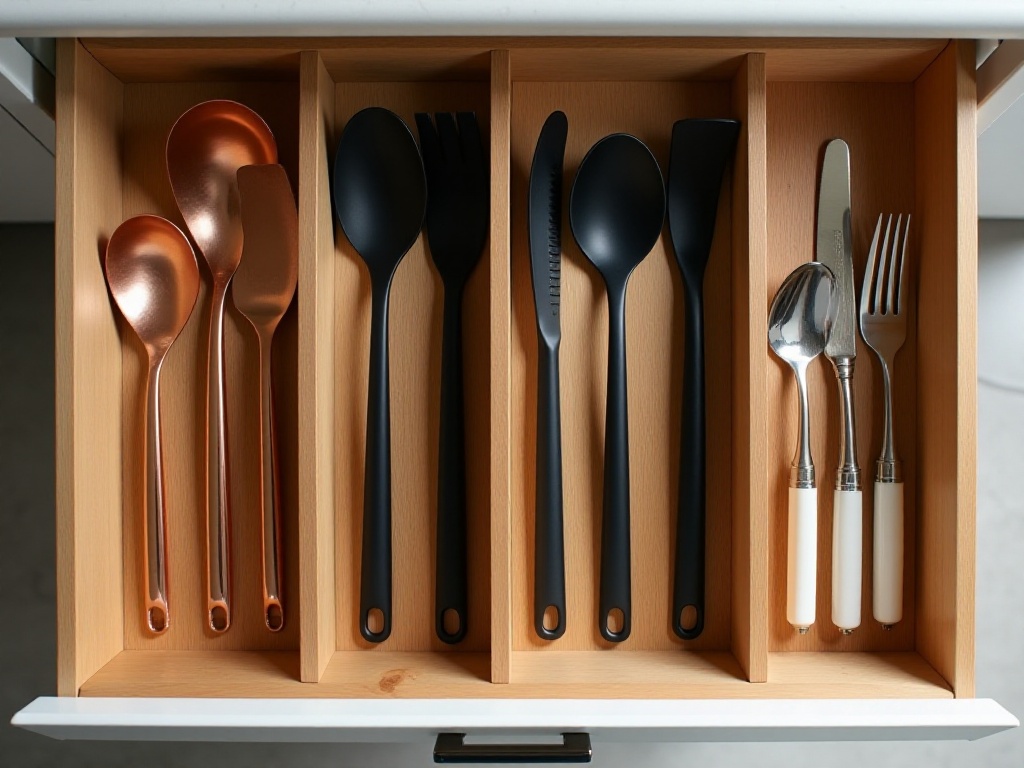
Practical Strategies
The kitchen needs the most organizational techniques because there are simply so many items. I highly recommend using divided storage boxes for drawer organization. Take my utensil drawer - it's divided into several sections with storage boxes: separate compartments for chopsticks, forks, spoons, and fruit knives. This makes everything easy to find without rummaging around. This storage method also prevents utensils from colliding, extending their lifespan.
Cookware organization also has its tricks. My pots and pans are arranged by size and frequency of use. The commonly used wok is in the most accessible position, while those big pots used only during holidays can go in the back. Pot lids take up a lot of space, so I installed a lid rack behind the cabinet door to store them vertically, saving considerable space.
When it comes to clothing storage, there are quite a few clever tricks. Double-hanging clothes is a great space-saving method that can be achieved using soda can tabs. Hook the tab onto a hanger, then hang another hanger below - instantly doubling your hanging space. The closet space immediately doubles.
Small clothing items need attention too. I find mesh bags particularly useful for washing small items, especially socks and underwear. Put them in mesh bags during washing to prevent loss or tangling. After washing, drain the water and hang the mesh bag directly on the drying rack. Once dry, they can be stored away directly - super convenient.
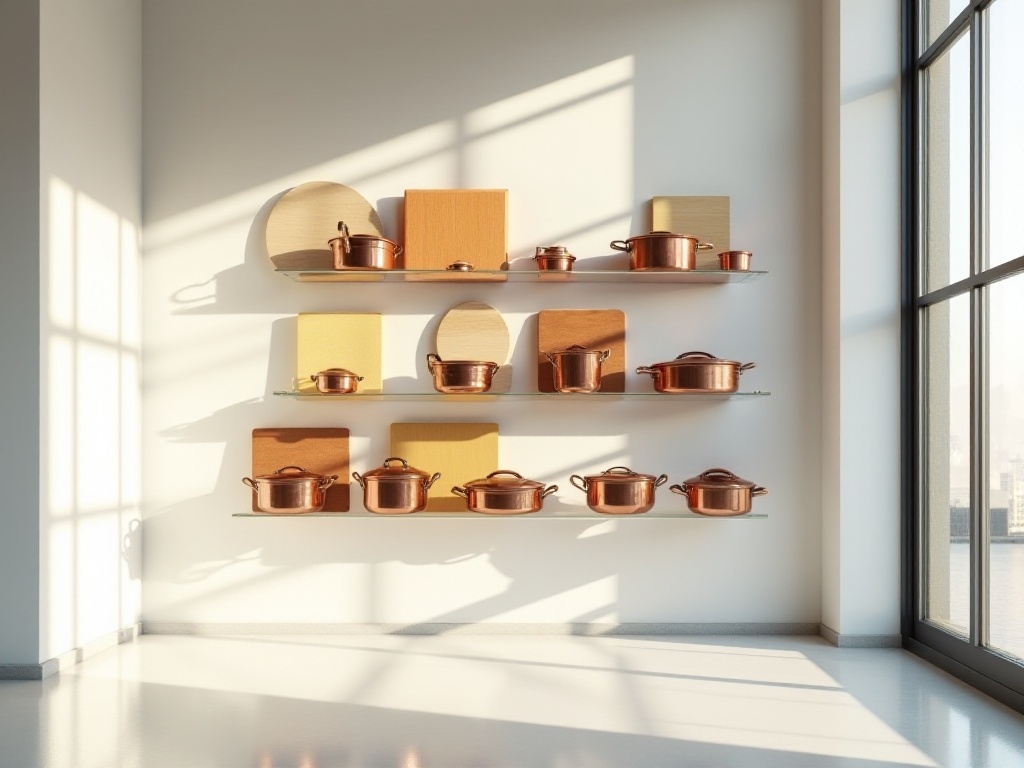
Maintaining Tidiness
After establishing a good organization system, the key is developing good maintenance habits. I now spend 10 minutes before bed doing a quick tidy-up. Fold scattered clothes and return them to the closet, put used items back in their places, throw away trash. Waking up to a neat environment instantly improves my mood the next day.
I'm a strong advocate of the "one in, one out" principle. When you buy something new, get rid of something old. For example, when buying new clothes, eliminate an old piece; when buying new cosmetics, throw away empty bottles. This not only controls the total amount of items at home but also forces you to regularly declutter and avoid hoarding.
Organization can be both difficult and simple. The difficult part is changing your lifestyle habits; the simple part is that once you master the methods, you can gradually make your home orderly. The most important thing is patience - don't expect instant results. Start with one small corner, maintain a good attitude, and take it slowly.
Trust me, when you really get your home organized, you'll find your quality of life improves significantly. Not only does finding things become easier, but your mood also becomes more pleasant. A neat and comfortable home can truly make our lives better.
Moreover, once you develop good organizing habits, you'll find maintenance isn't difficult at all. Just spending a little time each day keeps your home tidy. This effort is definitely worth it because it brings lasting happiness.
So, if you're currently troubled by household chaos, why not start today and try following these suggestions? Before long, you too can become an organizing expert!




